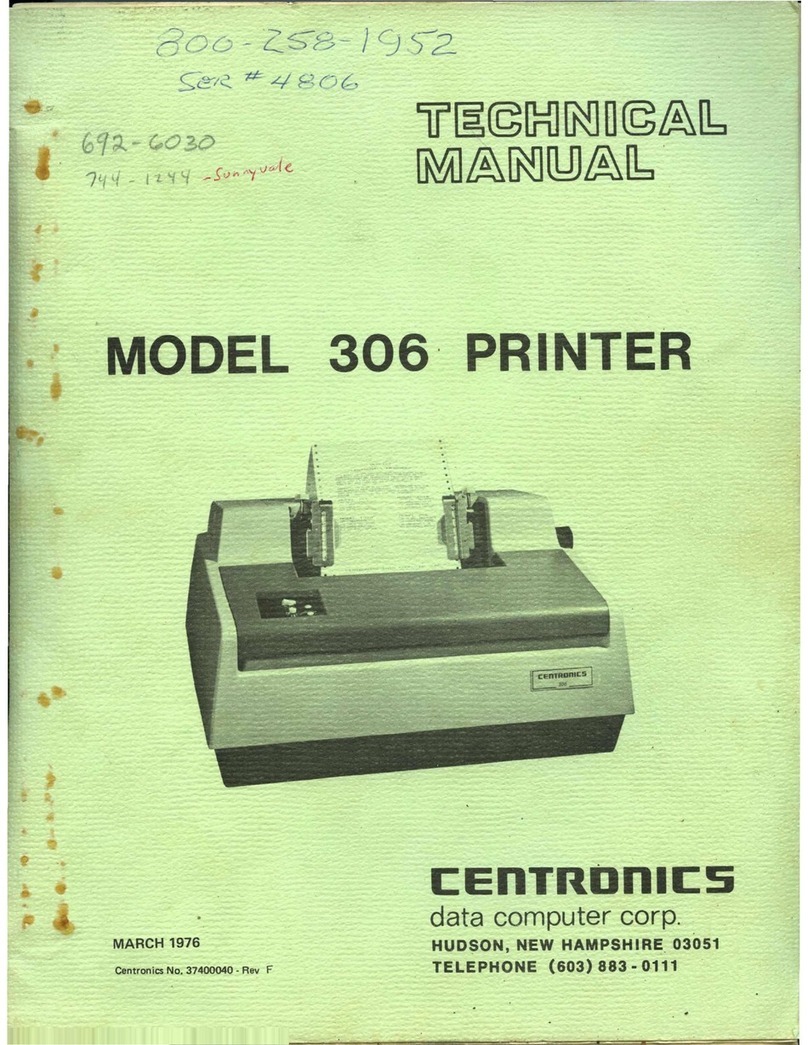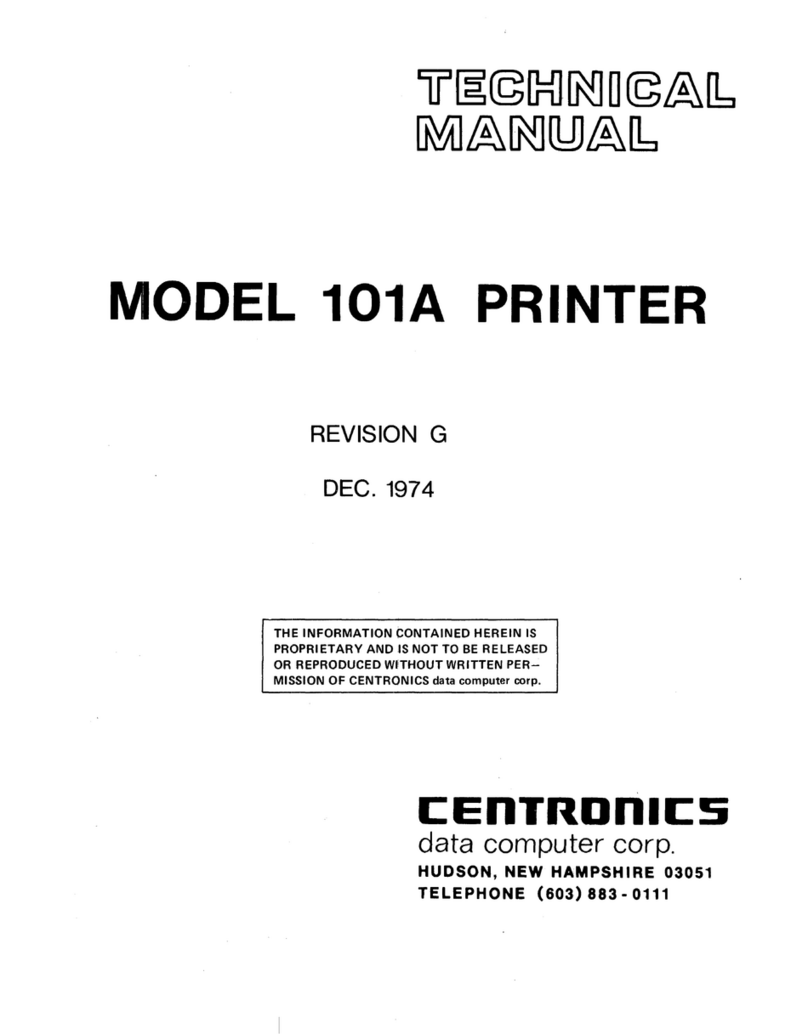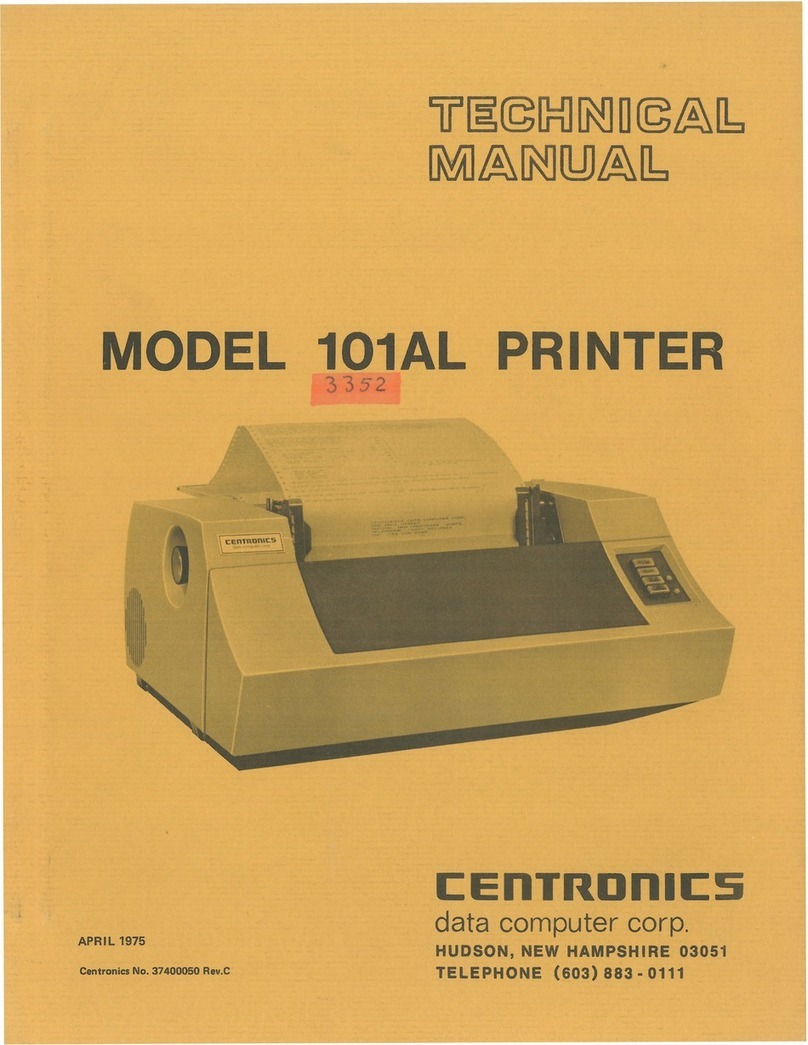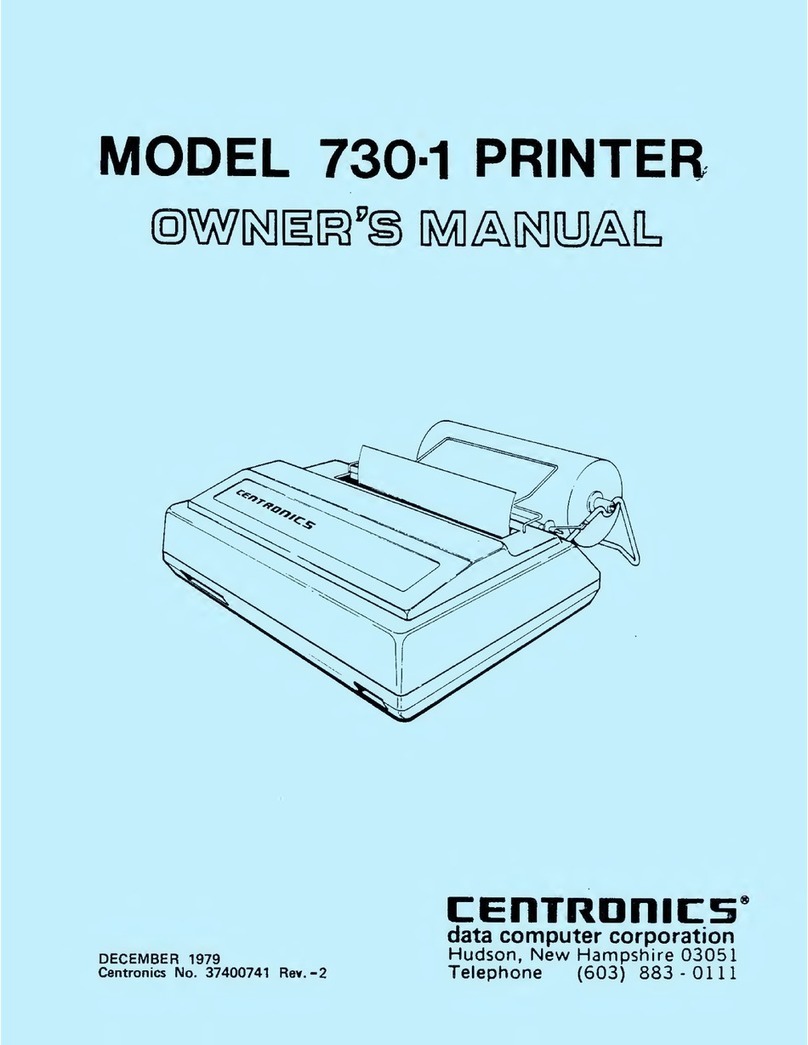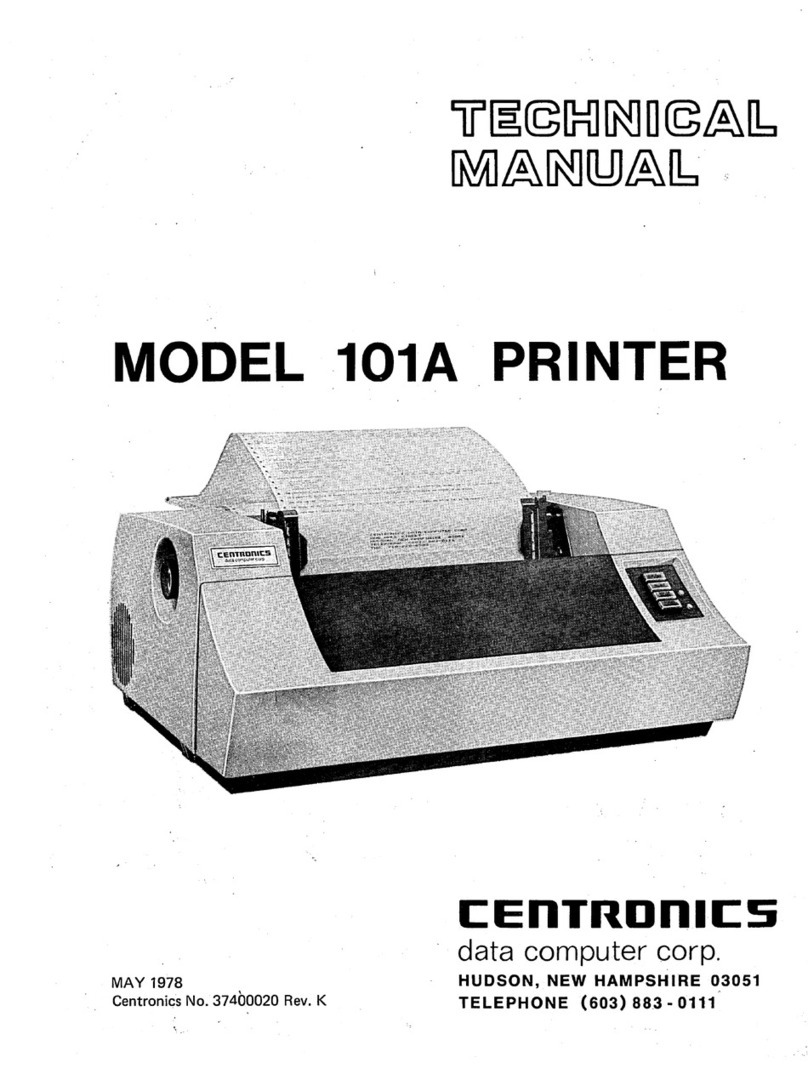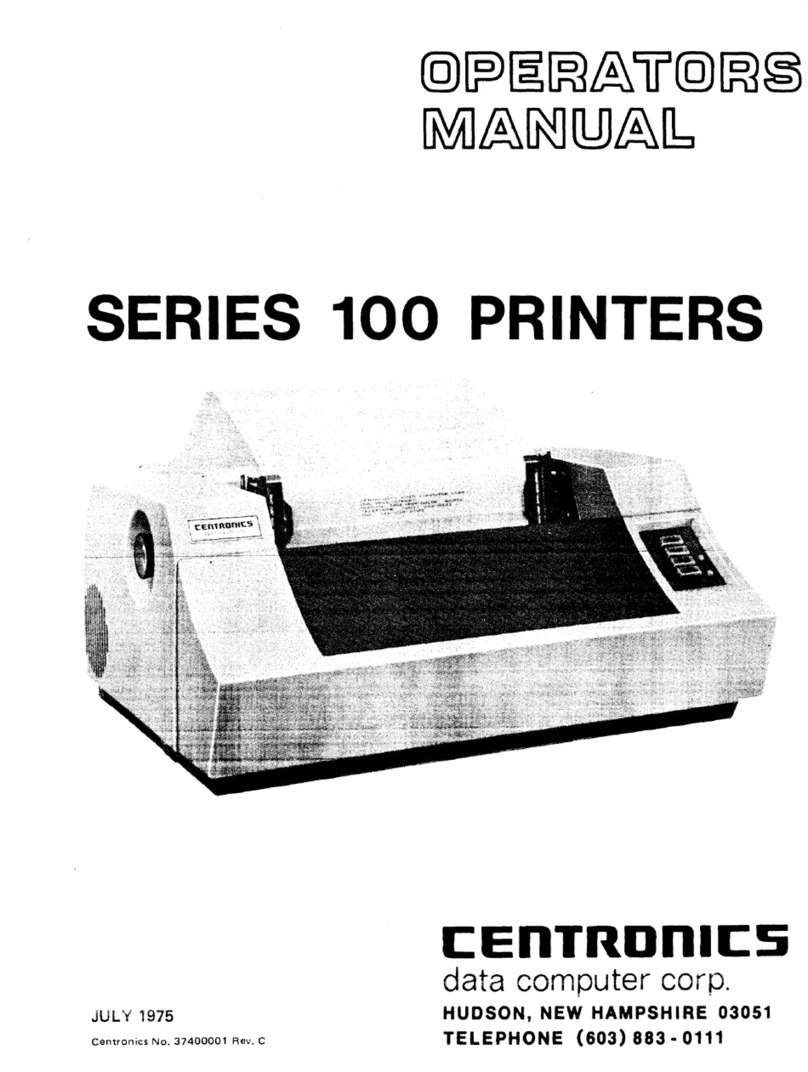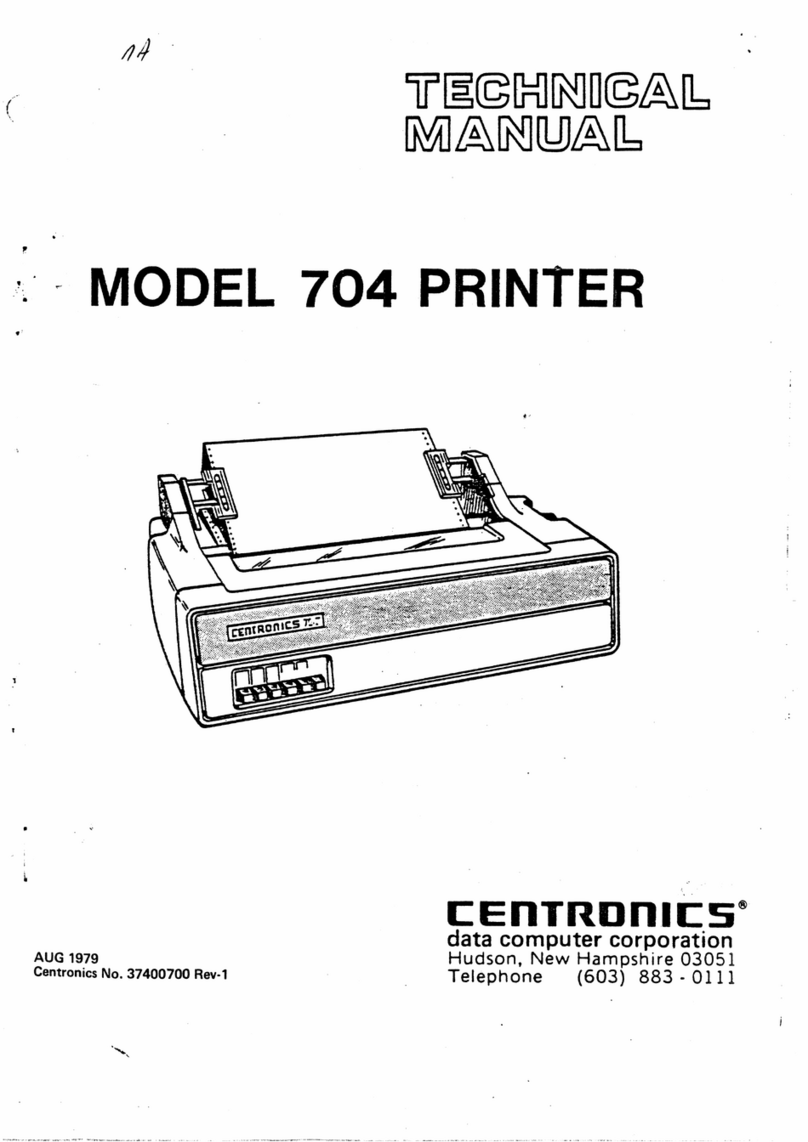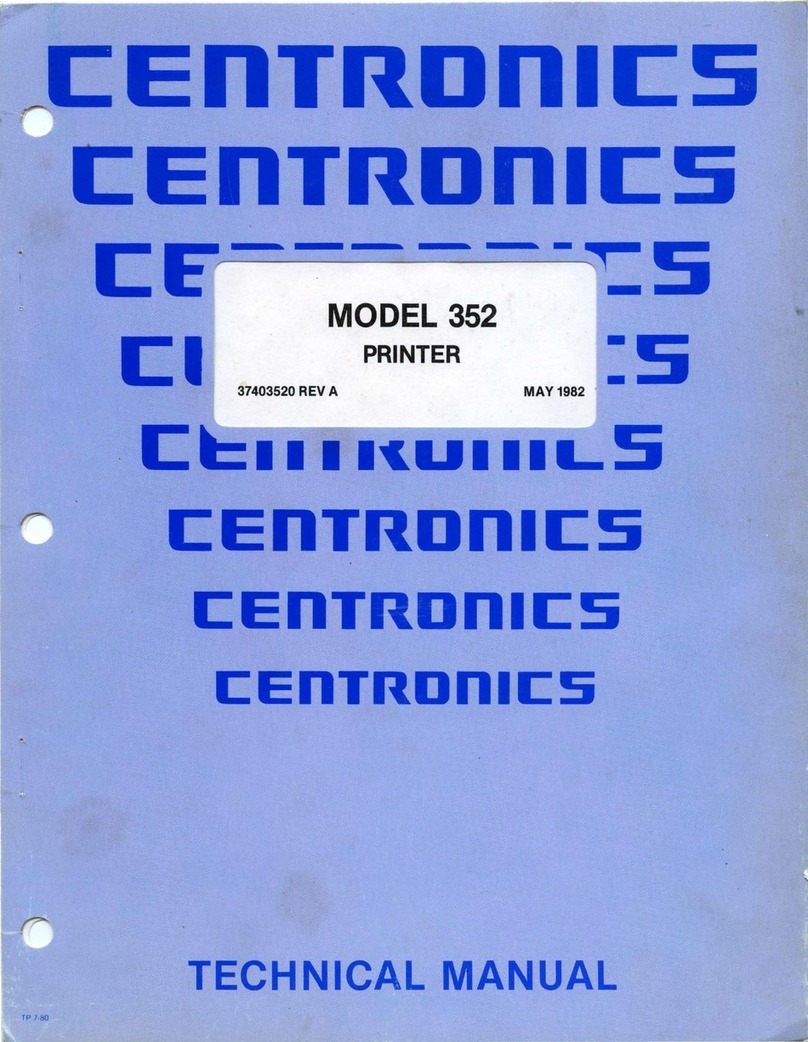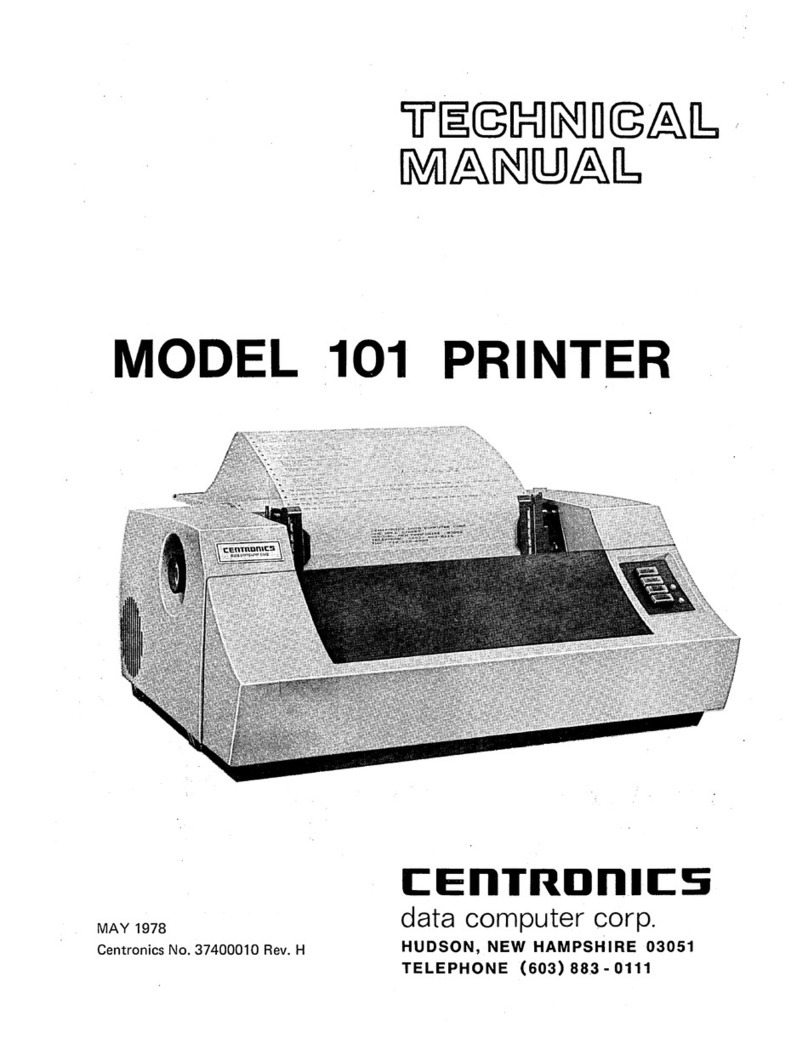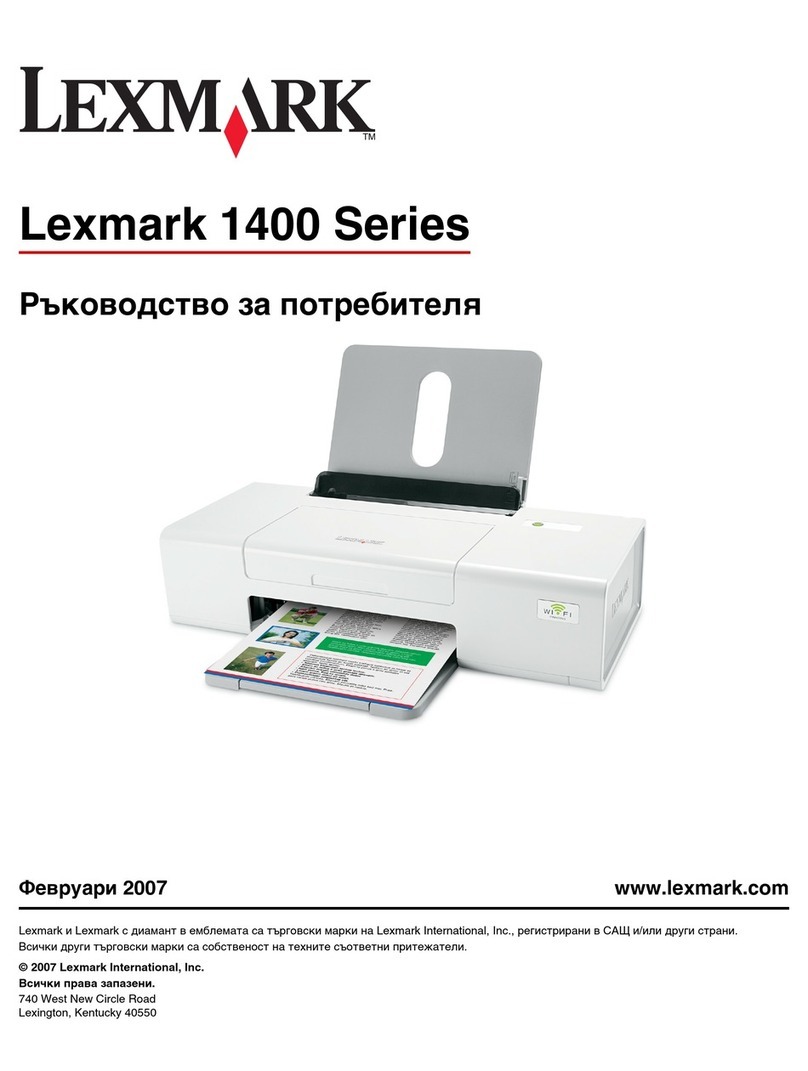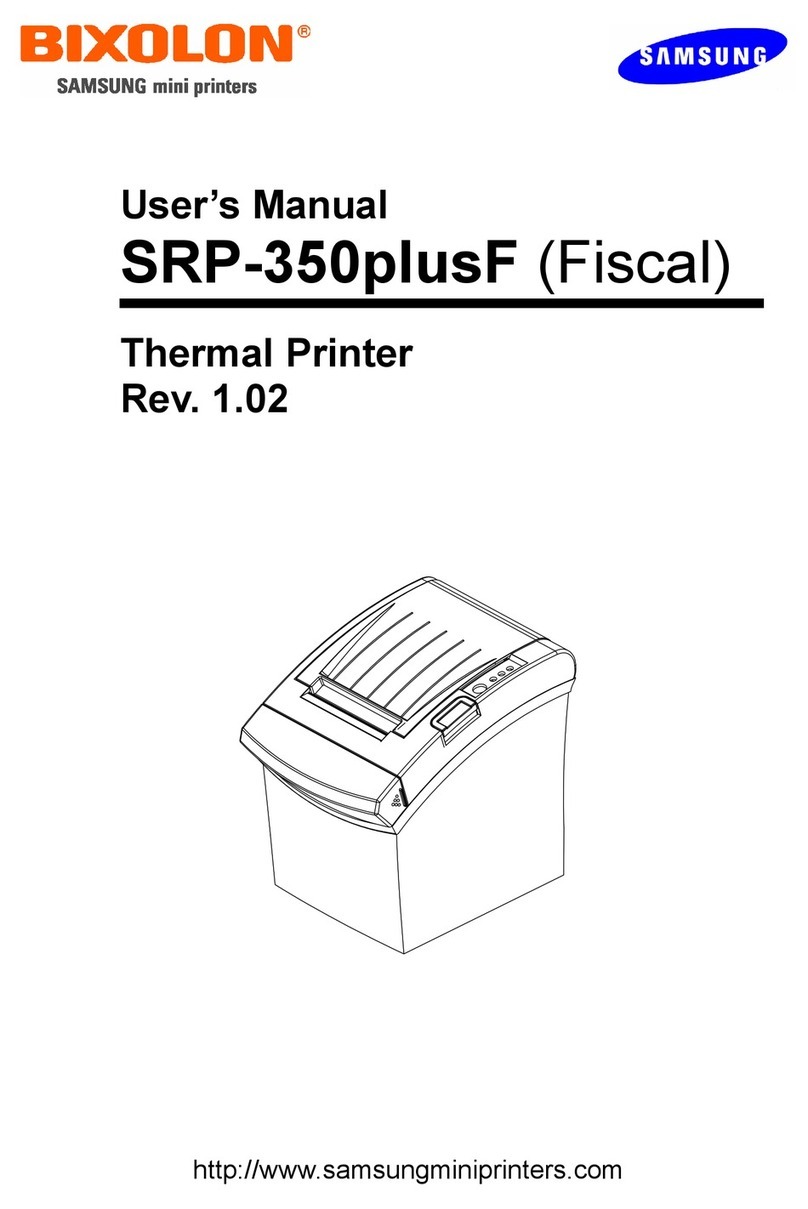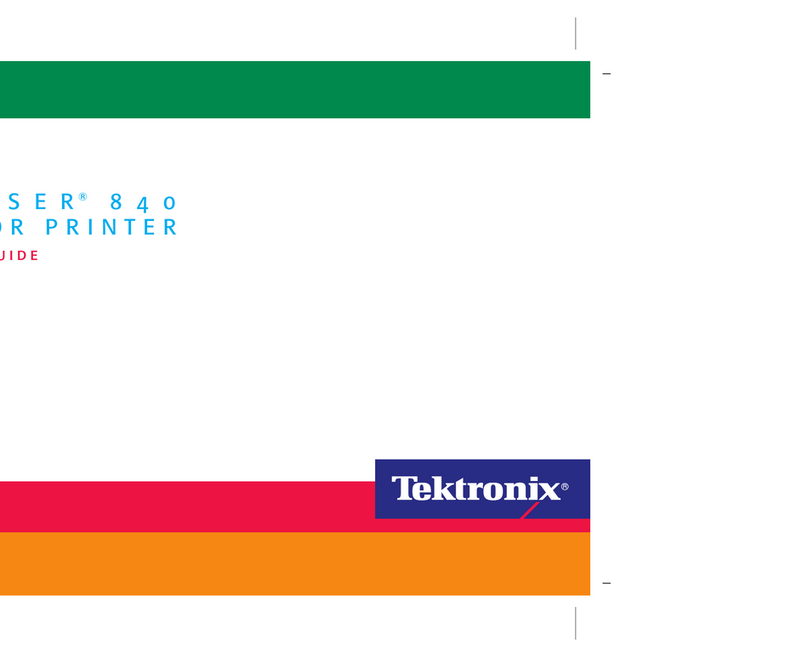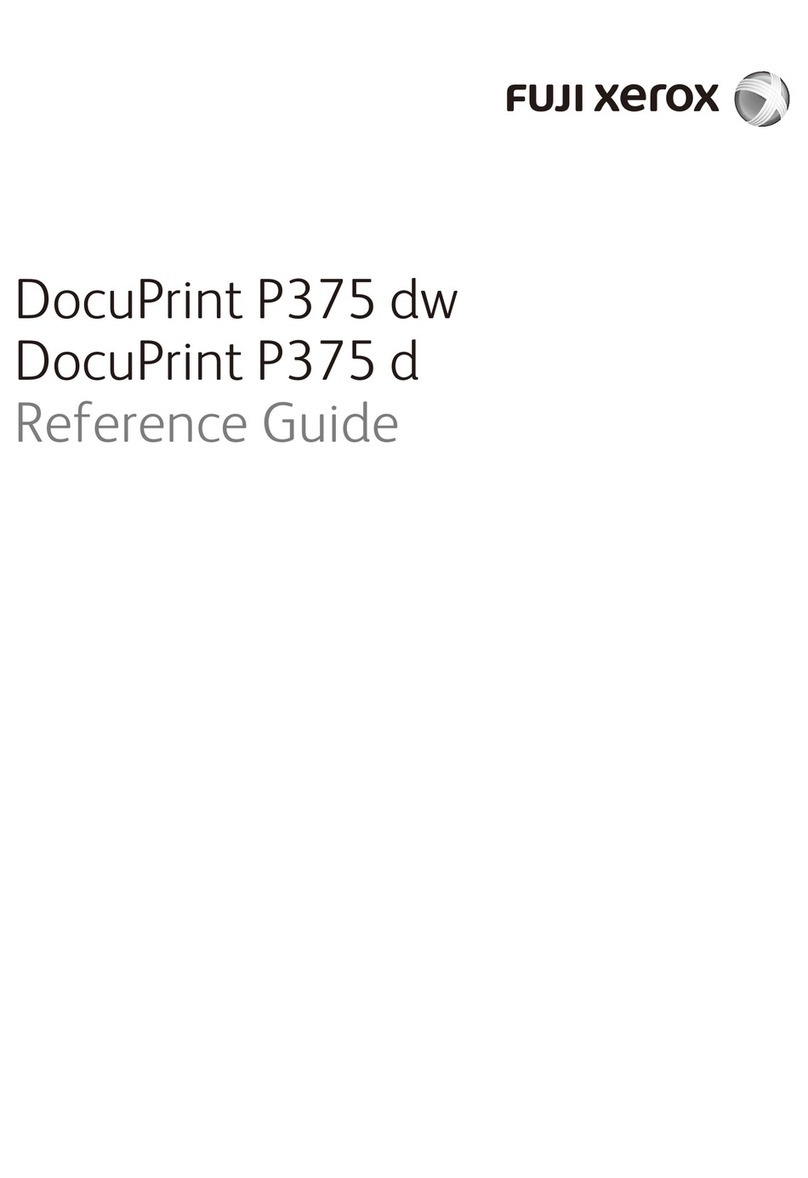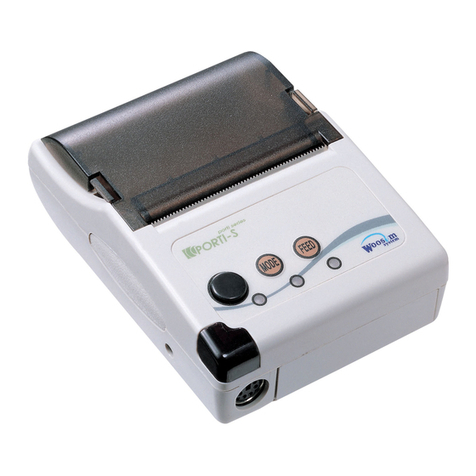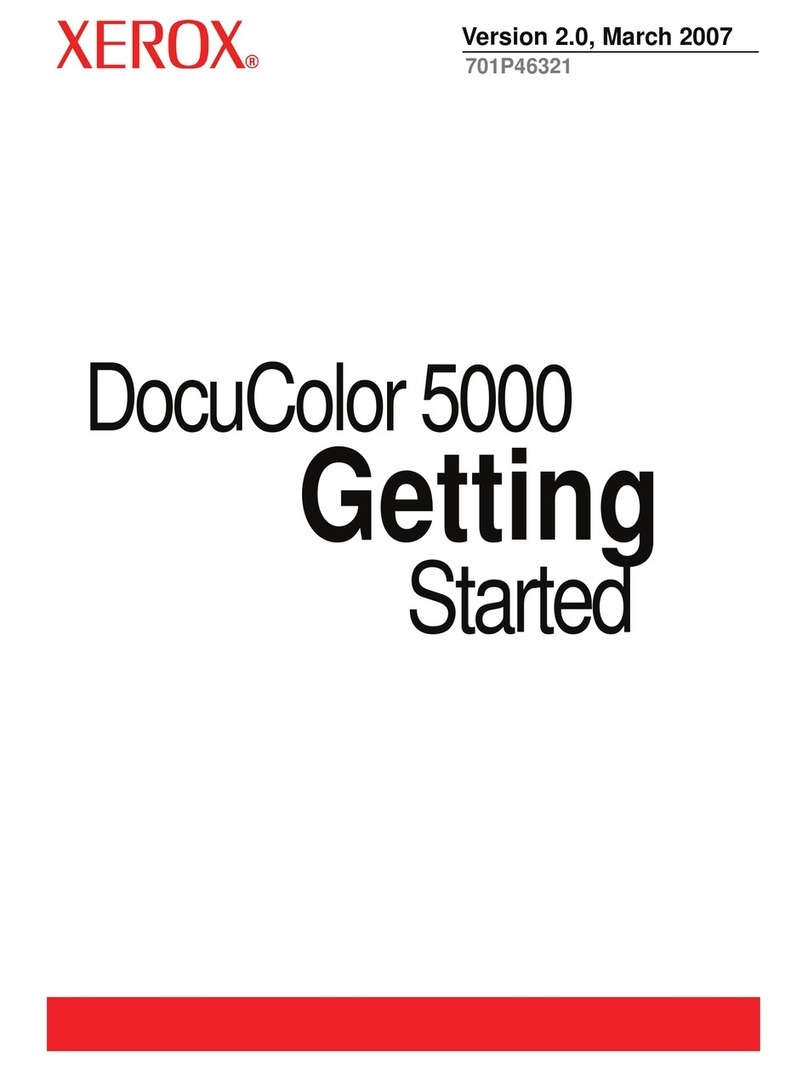FIGURE
7-1
7-2
7-3
7-4
7-5
7-6
7-7
7-8
7-9
7-10
7-11
7-12
7-13
7-14
7-15
7-16
7-17
7-18
7-19
7-20
7-2'1
7-22
7-2:3
8-i
8-1
8-2
8-3
8-3A
8-4
8-5
8-6
8-7
8-'8
8-9
8-1
()
8-12
LIST
OF
ILLUSTRATIONS
CONTINUED
Schematic Diagram, Logic/Power
Supply
+5Volts
(Sheet 1)
Schematic Diagram, Logic/Power
Supply
+5
Volts
(Sheet 2)
Schematic Diagram, Logic/Power
Supply
+5Volts
(Sheet
3)
Schematic Diagram, Logic/Power
Supply
+5Volts
(Sheet
4)
Schematic Diagram, Power Driver Board (Sheet
1)
Schematic Diagram, Power Driver Board (Sheet 2)
Schematic Diagram,
Video
Amplifier
. . . . .
Schematic Diagram, Power Connections
101AL
.
Schematic Diagram,
Motor
Control.
. . . . . .
Multitap
Transformer
50/60
Hz..
. . . . . .
Wiring Diagram, Printer Mechanism. . . . . . . . . . .
Interconnection Diagram, Connector Board and Power
Supply
. .
101
AL
Connector
Configuration.
. . . . . . . . . . . . .
Component
Board Assembly, Logic/Power
Supply
Board
+5Volts
..
Component Board Assembly, Logic/Power
Supply
Board
+5Volts
Component Board Assembly, Power
Driver.
. . . . . .
Component Board Assembly,
Video
Amplifier
Component Board Assembly, Connector Card
Component Board Assembly,
Motor
Control
Electronic Cavity
Assembly.
. . .
Harness Assembly (W1)
-.
. . . .
I
nput
Cable
Assembly.
. . . . .
Power Cable Assembly (W3)
Mechanical Subassemblies, Series
101
Cover Assembly
-"
A . . . .
Carriage Mechanism. . . . .
Drive Mechanism -HB (Part 1)
Drive Mechanism -HB (Part 2)
Spring
Drum
-
He
Damper -HD
......
.
Frame -
HE
. . . . . . . .
Paper Feed Mechanism . . . . .
Pin
Feed
Mechanism
(Left
and Right) -
HG
.
Form Feed Mechanism - HH . . . . .
Ribbon
Feed
Mechanism -HI . . . . . .
Print
Head and Associated Assemblies
(B)
.
NOTE
Refer
to
the
Engineering Change
Notice
(ECN) sheets
shipped
with
the
printer
for
changes made
to
the
prin-
ter
which
have
not
yet
been incorporated
into
the
draw-
ings in
this
technical manual. Always keep these Engin-
eering Change
Notice
sheets
with
the
manual.
Revision
IIBvel
indications
at
the
lower
right-hand corner
of
a
page
reflect
at
what
revision
of
the
manual
that
page
was
updated.
-iii/iv-
PAGE
7-2
7-3
7-4
7-5
7-6
7-7
7-8
7-9
7-10
7-11
7-12
7-13
7-14
7-15
7-16
7-19
7-21
7-23
7-25
7-27
7-29
7-31
7-33
8-2A
8-3
8-5
8-7
8-9
8-11
8-13
8-15
8-17
8-19
8-21
8-23
8-26
Rev. F
